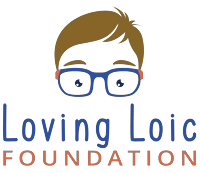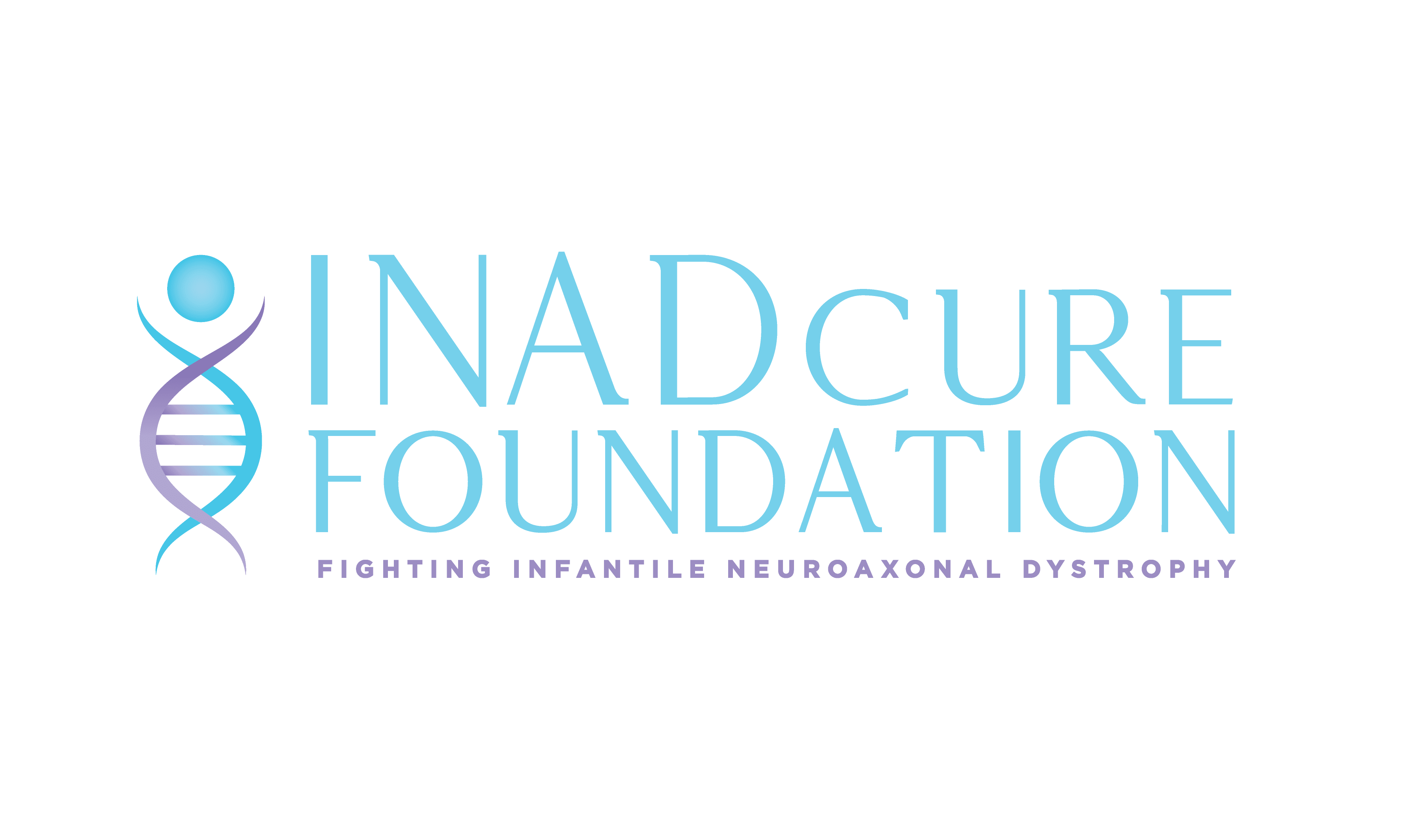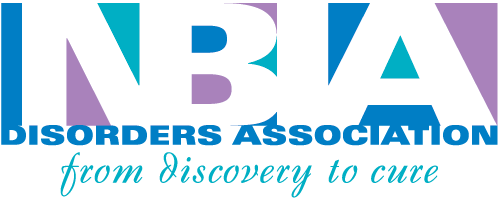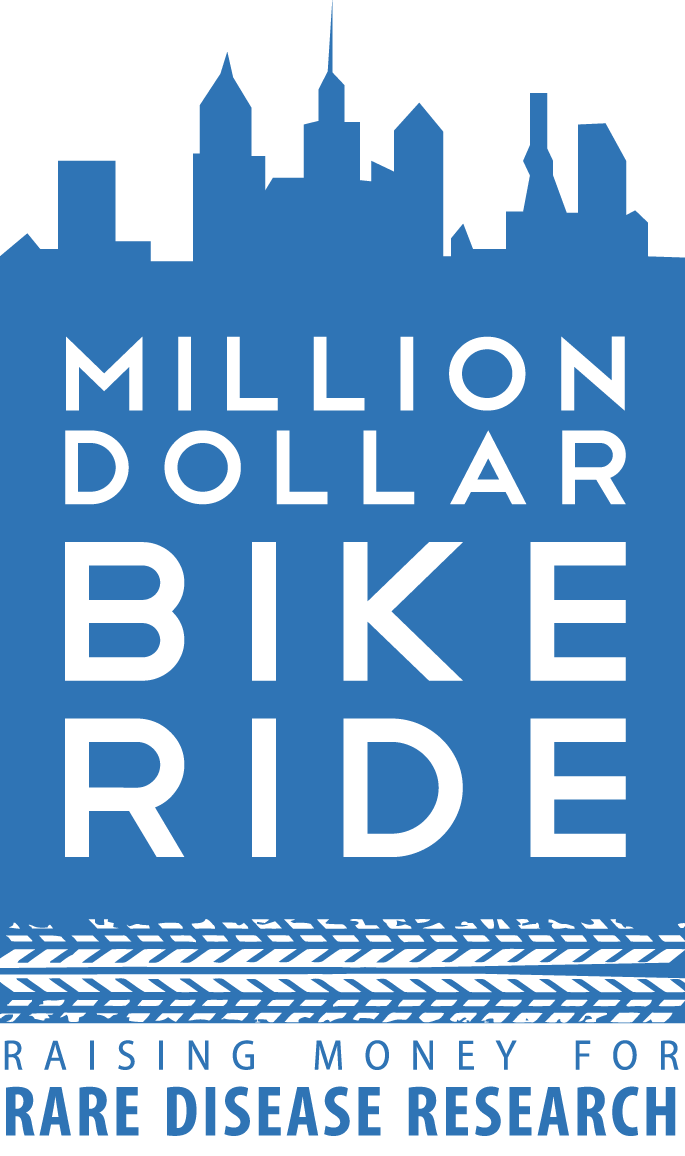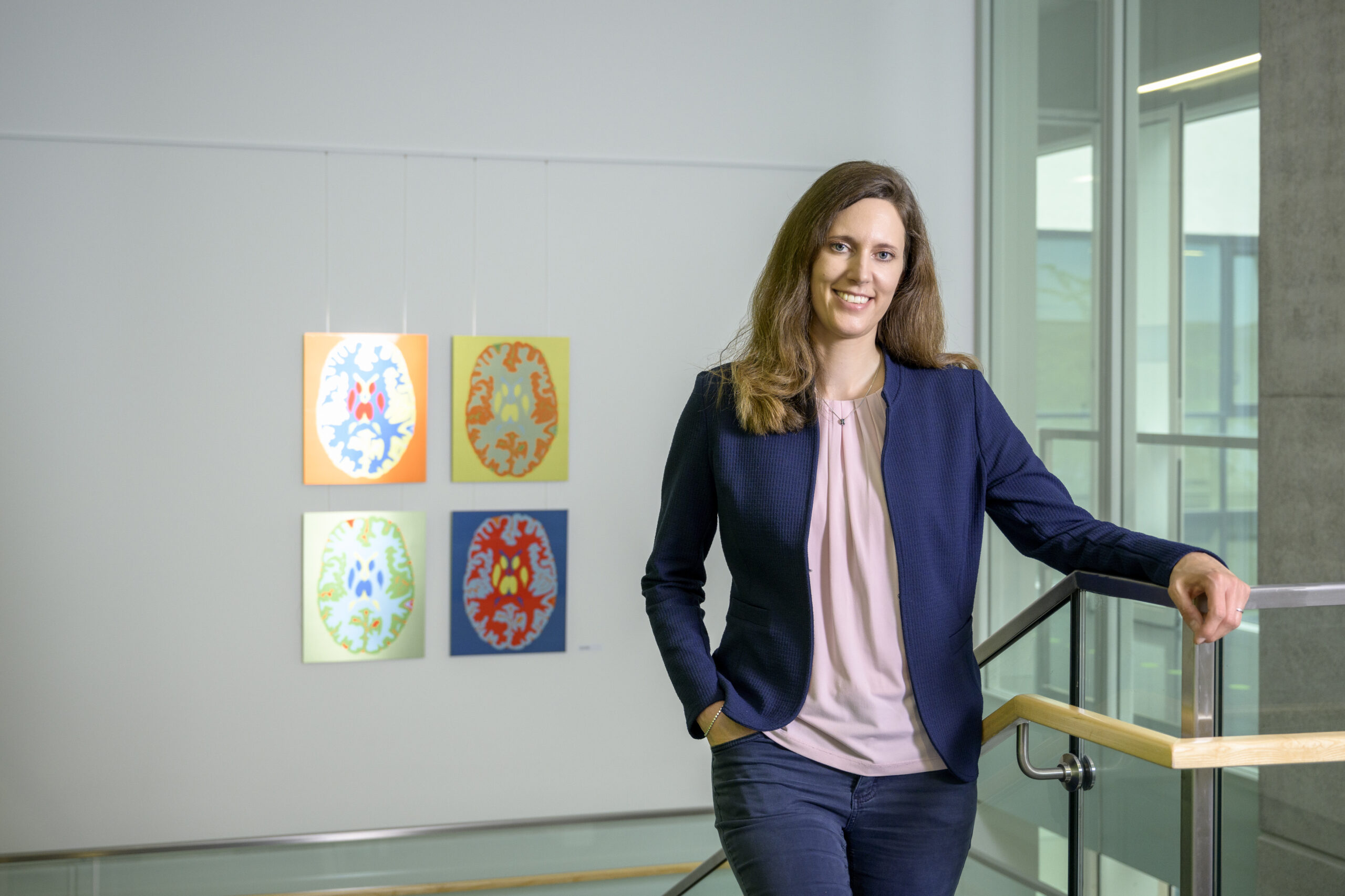In einem offenen Brief hatte unser Dachverband, die Allianz Chronischer Seltener Erkrankungen (ACHSE) e.V., die Absetzung von Klaus Heckemann, dem bis dahin Vorstandsvorsitzenden der Kassenärztlichen Vereinigung in Sachsen nach dessen umstrittenen Äußerungen zu einer „Eugenik in ihrem besten und humansten Sinne“ gefordert. Hoffnungsbaum e.V. unterstützte diese Forderungen in den sozialen Medien, wie auch viele weitere Organisationen und Personen. Die Empörung zeigte Wirkung und Heckemann wurde abgewählt: https://www.mdr.de/nachrichten/sachsen/dresden/dresden-radebeul/kv-chef-verliert-amt-heckemann-humangenetik-eugenik-100.html
In der Berichterstattung wurde das Thema meist auf Heckemanns Wortwahl reduziert. Der offene Brief der Achse zeigt aber weitere Aspekte auf, warum Heckemanns Zukunftsvision für uns inakzeptabel ist:
Stellungnahme ACHSE an die KV Sachsen
Stellungnahme zum Editorial der KVS-Mitteilungen 05-06/2024 von Dr. Klaus Heckemann – Offener Brief der ACHSE an die Mitglieder der KV Sachsen vom 22.08.2024
Wir fordern die sofortige Abberufung von Dr. Klaus Heckemann aus dem Amt als Vorstandsvorsitzendem Ihrer KV.
Im Editorial der KVS-Mitteilungen 05-06/2024 hat Herr Dr. Heckemann in seiner Funktion als Vorsitzender Ihrer KV die Befürchtung geäußert, dass die in den letzten Jahren erlangten Fortschritte in der genetischen Diagnostik bei gleichzeitiger Reduzierung der Kosten zu einem Anstieg an humangenetischen Untersuchungen bei schweren erblichen Krankheiten führen und damit die gesetzlichen Krankenkassen finanziell überfordern könnten – auch weil diagnostizierte Patientinnen und Patienten auf diesem Wege Zugang zu geeigneten, ggf. hochpreisigen Therapien, wie Gentherapien, erlangen könnten. Er fordert eine strenge Indikationsstellung, Mitverantwortung der Ärzte, die die genetischen Untersuchungen vornehmen, Transparenz bei der Leistungserbringung. Damit die Kosten der Mutationssuche „drastisch reduziert“ werden können, beschreibt er eine Zukunftsvision, in der Frauen mit Kinderwunsch eine „komplette Mutationssuche nach allen autosomal-rezessiven vererbbaren schweren Erkrankungen“ angeboten wird. Liege bei beiden Elternteilen ein positives Ergebnis vor, könne mit der sich anschließenden In-Vitro-Fertilisation und Präimplantationsdiagnostik das „Risiko der Geburt eines schwerstkranken Kindes ausgeschlossen werden“. Auf diesem Weg, den er als „Eugenik in ihrem besten und humansten Sinne“ bezeichnet, solle zum einen den Betroffenen Leid, eingeschränkte Lebenszeit und Lebensqualität, zum anderen der GKV Kosten erspart werden.
Wir, die Allianz Chronischer Seltener Erkrankungen (ACHSE) e.V., vertreten als Dachorganisation gemeinsam mit unseren Mitgliedern, den über 140 krankheitsspezifischen Patientenorganisationen, die Interessen der Betroffenen mit chronischen seltenen Erkrankungen unterschiedlichen Alters. Die meisten dieser in der Regel schweren Erkrankungen haben eine genetische Ursache.
Vor dem Hintergrund der NS-Verbrechen an Menschen mit Behinderungen und kranken Menschen sind diese Äußerungen, die einer „Eugenik von oben“ das Wort reden, insbesondere geäußert in seiner Funktion als Vorsitzender der KV Sachsen, mehr als untragbar und auf die schmerzlichste Weise mit der ärztlichen Ethik unvereinbar. Auch haben der Vorsitzende persönlich sowie die KV Sachsen als ärztliche Institution die Regelungen der Deklaration von Genf des Weltärztebundes einzuhalten. Diese besagt unter anderem: „Ich werde den höchsten Respekt vor menschlichem Leben wahren.“
Wir als Gesellschaft verantworten die Rahmenbedingungen, die darüber entscheiden, was die Lebensqualität aller unserer Mitmenschen, auch mit Behinderung oder chronischer Erkrankung, ausmacht. Wir betrachten es als Aufgabe der Kassenärztlichen Vereinigungen und der entsprechenden medizinischen Fachverbände, ihre niedergelassenen Mitglieder in die Lage zu versetzen, zum richtigen Zeitpunkt die Indikation für eine genetische Diagnostik stellen zu können und dann die Patientinnen und Patienten den passenden Einrichtungen zur Durchführung der Diagnostik zuzuführen. Beispielhaft sei an dieser Stelle der Medizinische Dienst Bund aufgeführt, der für seine Gutachterinnen und Gutachter seit einigen Jahren ein mehrtätiges Genetikseminar als Fortbildungsmaßnahme eingeführt hat.
Darüber hinaus wäre viel gewonnen, wenn die Kolleginnen und Kollegen in der Niederlassung das Angebot der 37 universitären Zentren für Seltene Erkrankungen, sich auch Patientinnen und Patienten mit noch unklarer Diagnose annehmen, wahrnehmen und nutzen würden. Leider hat auch nach zahlreichen Awarenessmaßnahmen eine ernüchternde Zahl von Ärztinnen und Ärzten immer noch keine Kenntnis über die Angebote und Aufgaben dieser Zentren für Seltene Erkrankungen, wie die aktuelle Erhebung des BMG aus 2023 belegt . Dies ist mit der wichtigen Rolle von Primärversorgern aus unserer Sicht nicht vereinbar.
Eltern haben heute schon die Möglichkeit, pränatale Diagnostik in Anspruch zu nehmen und sich im Rahmen einer genetischen Beratung darüber zu informieren, ob bei ihrem Kind eine krankheitsrelevante genetische Veränderung vorliegt und welche Auswirkungen diese hat – und daraus dann Schlüsse/Handlungen abzuleiten.
Herr Dr. Heckemann maßt sich an, über die Lebensqualität von Betroffenen von schweren genetischen Erkrankungen zu urteilen und sich darüber zu erheben. Von unseren Mitgliedern wissen wir: Es sind nicht per se die mit den Erkrankungen einhergehenden körperlichen Beschwerden, Einschränkungen und Behinderungen, die das Leid für die Patientinnen und Patienten und ihre Familien ausmachen und ihre Lebensqualität einschränken. Es sind nicht zuletzt Artikel wie der von Dr. Heckemann, die neben ökonomischen Zwängen und den andauernden, zermürbenden Kämpfen darum, gesetzliche Ansprüche in unserem komplexen Gesundheitssystem geltend zu machen und berechtigte Teilhabe am gesellschaftlichen Leben zu erlangen, die die Betroffenen als unwürdig und degradierend empfinden.
Wir halten die zitierte breit angelegte Mutationssuche für falsch. Bei einer solchen würden Mutationen nicht, wie beschrieben, in Ausnahmefällen, sondern regelhaft gefunden werden, weil jeder Mensch solche klinisch unauffälligen Anlagen für schwere rezessive Erbkrankheiten in sich trägt! Dies hätte eine große Verunsicherung bei den Betroffenen zur Folge. Daraus würden ein enormer Beratungsbedarf und Kosten resultieren. Die Frage, wie eine „schwere“ Erkrankung zu definieren wäre, bleibt dabei ungelöst.
Die immensen Kosten der vorgeschlagenen In-Vitro-Fertilisation und Präimplantationsdiagnostik (PID) werden genauso wenig diskutiert, wie deren fragliche Erfolgsrate und die damit einhergehenden leidvollen psychischen Belastungen für die Eltern.
Was uns jenseits dieser kolossalen Fehleinschätzung aber besonders betroffen macht, ist die Vision Ihres Vorsitzenden, dass die breite Anwendung der genetischen Diagnostik „Eugenik in ihrem besten und humansten Sinn“ sei. Dieser Begriff stammt aus der pseudowissenschaftlichen Rhetorik des letzten und vorletzten Jahrhunderts und hat in einer modernen Medizin nichts zu suchen.
Es ist den besonderen Fortschritten und technischen Entwicklungen in der human-genetischen Diagnostik zu verdanken, dass die mit einer Seltenen Erkrankung oft einhergehende und teilweise jahrelang andauernde Phase der „unklaren Diagnose“ entscheidend verkürzt wird. Patientinnen und Patienten müssen so nicht mehr die große Unsicherheit, Verzweiflung, zahlreichen Arztbesuche, Fehldiagnosen und -therapien erleiden, und sie können früher von geeigneten therapeutischen Maßnahmen profitieren. Für die ca. 8.000 Seltenen Erkrankungen gibt es bisher nur 150 sog. Orphan Drugs, also krankheitsspezifische Medikamente. Auch hierbei profitieren Betroffene von neuen Entwicklungen, wie Gen- und Zelltherapien, die zweifellos hochpreisig sind. Dies tun aber auch die weitaus zahlreicheren Patientinnen und Patienten mit häufigen genetischen Tumorerkrankungen, denen im Zuge von personalisierter Medizin elaborierte Therapien zuteilwerden.
Dem Wirtschaftlichkeitsgebot der GKV entsprechend erfolgt die Indikationsstellung zur Abklärung einer Seltenen Erkrankung oder einer unklaren Diagnose mit Verdacht auf eine Seltene Erkrankung an den in die universitären Zentren für Seltene Erkrankungen eingebundenen Humangenetischen Instituten seit 2021 nach einem mit vielen Krankenkassen abgestimmten strikten und bereits bewährten strukturierten Patientenpfad, im Rahmen interdisziplinärer Fallbesprechungen. Dieser wird auch im Modellvorhaben §64 e SGB V zukünftig so fortgeführt.
Aus den vorgenannten Gründen halten wir Herrn Dr. Heckemann für nicht tragbar im Amt des Vorsitzenden der Kassenärztlichen Vereinigung Sachsen. Er sollte unverzüglich abberufen werden oder zurücktreten.
Berlin, 22.08.2024
Der Brief ist gezeichnet von Geske Wehr, ACHSE Vorsitzende sowie Dr. Christine Mundlos, stellvertretende Geschäftsführerin, ACHSE Lotsin und Leiterin ACHSE Wissensnetzwerk und Beratung.
Quellennachweis:
[1]https://www.bundesaerztekammer.de/fileadmin/user_upload/BAEK/Themen/Internationales/Bundesaerztekammer_Deklaration_von_Genf_04.pdf
[1]https://www.bundesgesundheitsministerium.de/fileadmin/Dateien/5_Publikationen/Gesundheit/Berichte/seltene_erkrankungen_bf.pdf




